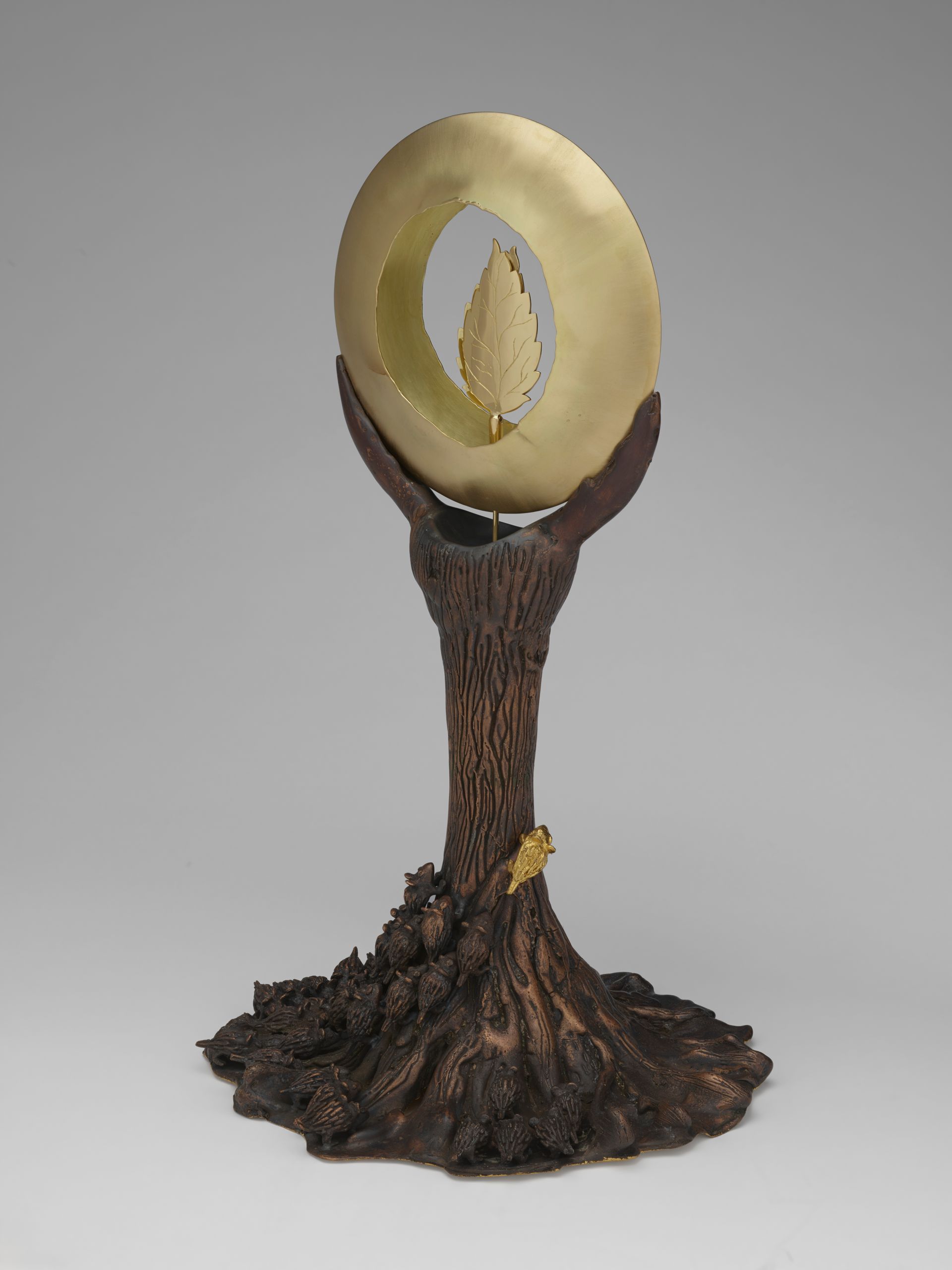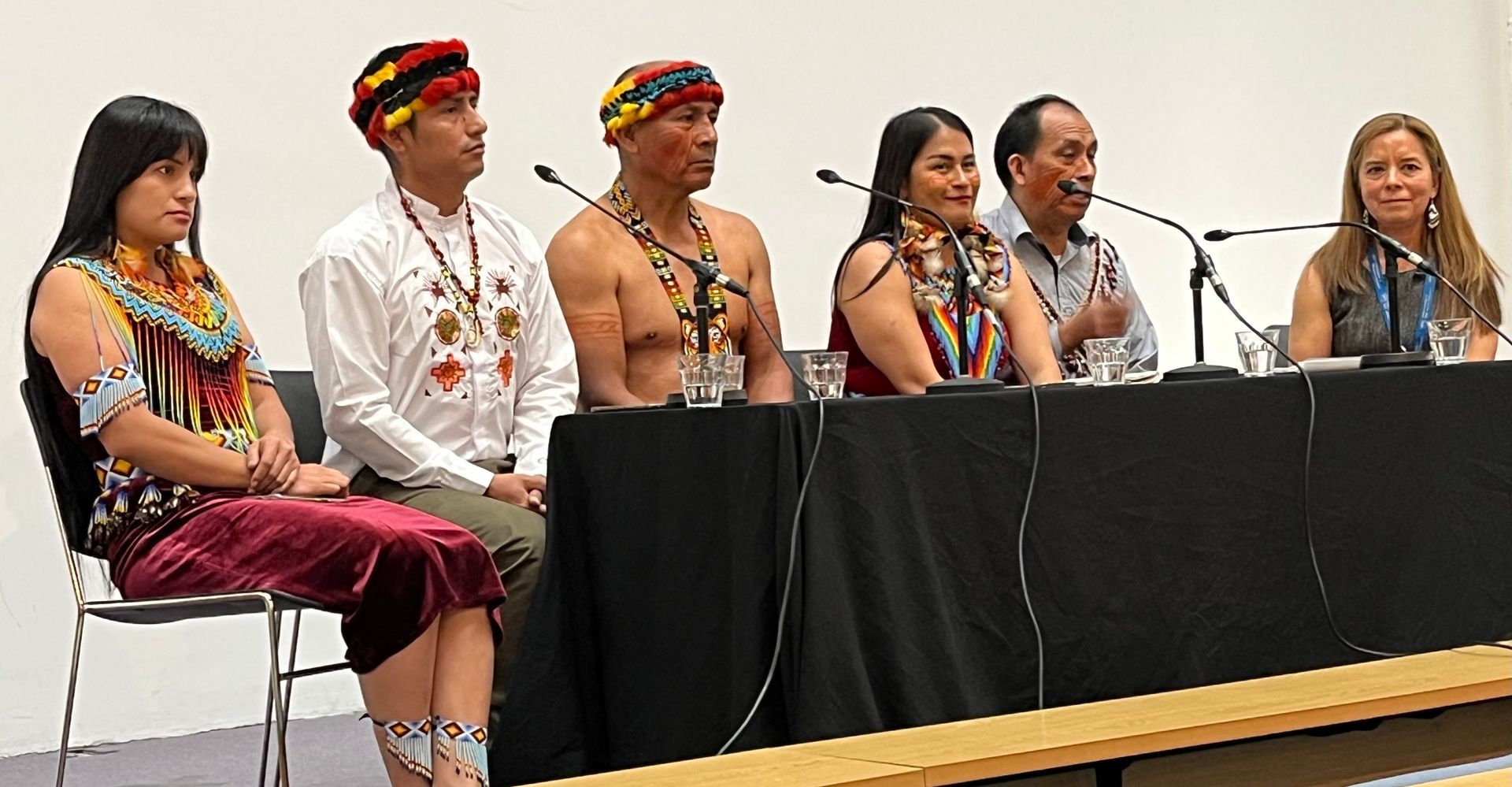Cultural Restitution
SHARE ARTICLE
A decision made by trustees of the Wellcome Trust in 1977 to dispose of all non-medical material from their London-based collection triggered a gift of 93 Himyaritic objects to the Yemeni Museum Service four years later.
Most acts of restitution involve state or international government agencies as the means or inspiration for the return of cultural property. The Wellcome act of restitution, made on 'strict academic and cultural grounds', was a more unusual initiative. The Wellcome trustees expressed a hope their example 'may in some degree reinforce international cooperation between museums and demonstrate that it is trust not passion that will help to promote useful exchanges', according to archive papers held in the Wellcome Library.
The vast collection of objects and books formed by Sir Henry Wellcome (1853-1936) outpaced his vision to create a single museum to display them all. After his death, the trustees of the newly formed Wellcome Trust initiated a programme of disposals in order to rationalise the breadth of Wellcome’s acquisitions. Thousands of anthropological objects were sold or given away as gifts to museums, including the Pitt Rivers Museum, Oxford, the Museum of Mankind, the University of California and especially to the Science Museum, London.
One of these gifts involved the repatriation to Yemen of a collection of 93 South Arabian pictorial and text reliefs in alabaster or limestone, purchased by Sir Henry in a London saleroom for £40 in 1931. The reliefs had never been displayed. Attributed to the Himyaritic culture, the trustees decided it would be appropriate to return them back to where they had originated.
The 'efficiency and popularity' of Yemini museums persuaded the trustees that the Yemeni Museum Service would be a “suitable and responsible recipient” for the collection.
Only 5 of the 93 objects were found to be ancient, but one of these was an exceptionally beautiful but fragmentary and incomplete alabaster relief, carved with an important 14-line Himyaritic inscription and dated to the 6th century A.D.
UNESCO’s Division of Cultural Heritage agreed to pick up the cost of packing and airfreight. The items are now in the collection of the Museum of Sana’a in Yemen.



